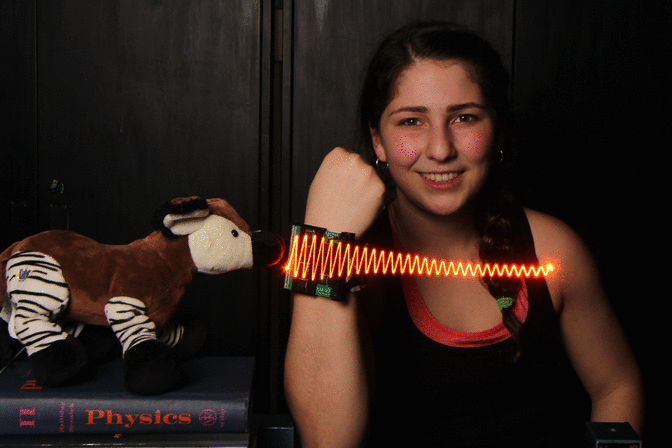ECE516 Lab07: All Reality
In this lab you will learn the fundamentals of:
- Human vision;
- Persistence of exposure to stimulus of human senses;
- VR (Virtual Reality);
- AR (Augmented Reality and All Reality);
- X-Reality, XY-Reality, and XYZ (All) Reality;
Readings:
Background readings (optional):
Foreground reading (required):
You will learn about human vision, and in particular,
the persistence-of-exposure effect when human senses are exposed to stimuli
and the effects of this exposure persists.
In particular, we will examine PoE (Persistence of Exposure) in human vision
and in computer vision (sensors, and in the next lab, meta-sensors).
This forms the basis of VR (Virtual Reality),
AR (Augmented Reality and All Reality),
and computer vision.
Getting a camera to see the same way that the human eye sees
The best way to understand human vision is to mimic human vision using a
camera. In this lab, you will learn how to take pictures that look the same
as how the human eye sees things.
The human eye sees over a range of spatiotemporal scales, such that moving
objects appear to blur across frame rates, so there is no particular frame
rate at which the eye sees. The central foveal region of the human eye sees
at slow frame rates, but the peripheral vision sees at much higher frame rates,
and so we are much more sensitive to screen flicker on the peripheral areas
of vision than in the center.
And perception of frame rate also is sensitive to overall light.
In a dark theatre, 24 frames per second is enough, but in a bright room, we
need at least 60 fields per second as in NTSC television.
Take a look at this picture:
 (link to images)
(link to images)
In this picture we see a smartwatch being waved back and forth.
The picture captures a true and accurate depiction of how the
watch actually looks in real life.
Your task is to reproduce this result using the sonar system you developed in
previous labs.
See (and do) the following Instructable, using your sonar system from previous
labs:
Abakography: Long Exposure Photography That Mimics Human Vision
Marking:
- Set of photographs that illustrate an understanding of the 8 steps
of abakography, 4/10
- GIF image of the photographs combined into one gif photograph that
illustrates the abakographic principle, 1/10
- Read and understand the Moveillance paper draft
(be prepared to answer simple questions on it), and provide meaningful
insight, 5/10
- Bonus marks (for possible mark greater than 10/10):
We welcome contributors to the paper (deadline Sunday March 10th).
 (link to images)
(link to images)
 (link to images)
(link to images)